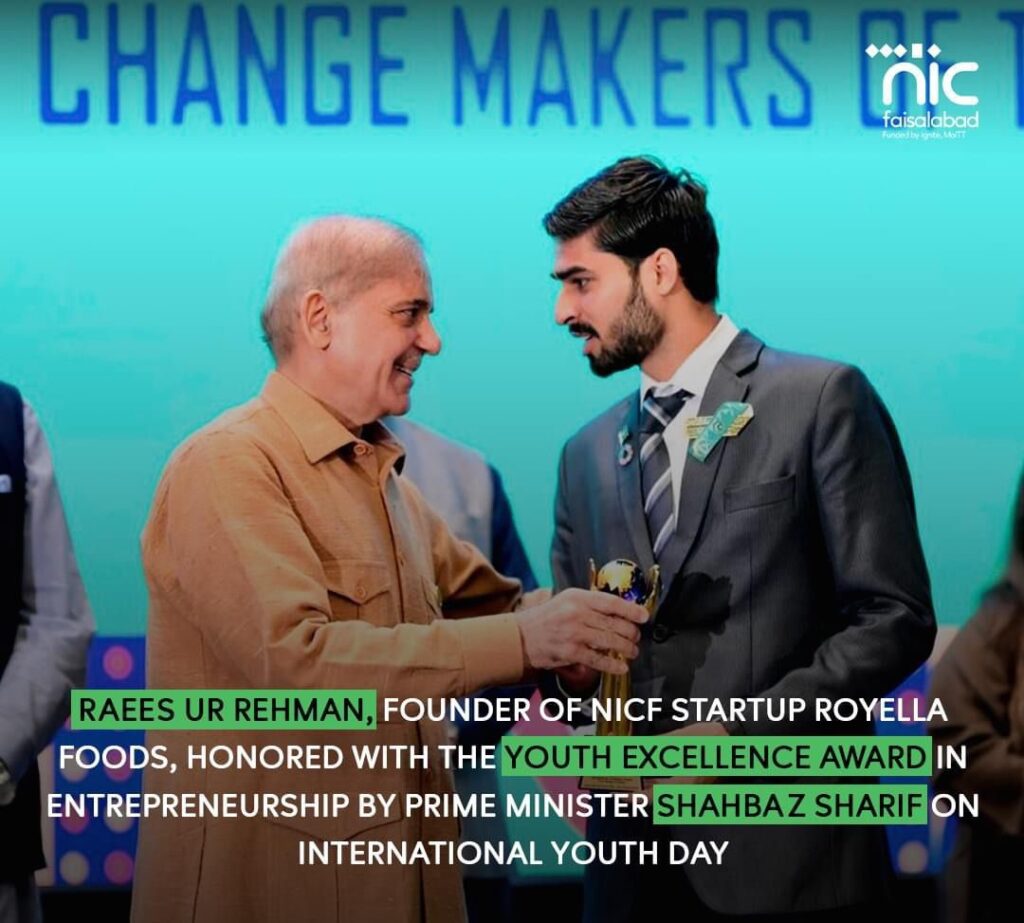Got a startup idea for which you are passionate about?
Let’s help you do this successfully without wasting tons of resources and time. While it’s true that a good idea is the soul of a successful startup but not everyone gets to convert their idea into an actual business. The reason is that building a successful business out of an idea or a startup takes a lot of courage, struggle, hard work and resources.
A majority of startups fail because they waste a lot of time and resources on creating a perfect product before launching it in the market. This is where Minimum Viable Product [MVP] comes into play. Before we explain how to build a MVP, you need to comprehend what exactly is this and why is it important?
What is Product Market Fit in the Startup Journey?
Eric Ries who helped popularize the concept, defines Minimum Viable Product as the ‘version of a new product which allows you to collect the maximum amount of validated learning about your customers with the least amount of effort.’
Techopedia lists three key features of an MVP:
Always start by building a minimum viable product to get something quickly and cheaply into the market. Cut back on any unnecessary features and functionality, those add up on costs and slow down the launch. Don’t try building a “Rolls Royce” product out of the gate, when a “Toyota” will work just fine to start.
1. It provides enough value that people are willing to use it and/or buy it after its launch;
One thing that adds to a customer’s frustration is receiving a product that adds no value even after it is launched, either because it is still in its development phase or because the product failed to address their pain points among other possible ones.
2. It demonstrates sufficient future benefit to retain these early adopters;
It can be assumed that these early adopters can see the vision or promise that the final product offers and so, provide the valuable feedback needed to guide developers forward.
3. It provides a feedback loop that helps to guide ongoing development
The first product is never perfect. Thus, Pakistani startups know that there is always room for improvement after the launch of the product. The pain points, demands, needs, and requirements of the customers change so does the market value. Therefore, it is paramount that the feedback is taken with a pinch of salt to better the product.
With this process, you can verify the following:
- Product viability
- Assumptions the team has about the product itself
- Usability
- Market demand
Lean Startup: helping Startups Avoid Failure
It provides immediate value, quickly, while minimizing development costs. Ultimately, an MVP allows you to build a product with minimal features and iteratively build it up to create a better, more polished product, while leveraging user intelligence to make the best decisions possible.
With every release version, the product evolves to maximize ROI and move towards a fully mature application.
Aneel Peter: How accounts, finance, & taxation are scaring SMEs
Conclusion
Building an MVP will help you test your idea in the market without wasting your valuable time & resources. We hope that this guide increased your understanding about MVP, its benefits and the process of building it.
Follow Startup.pk for more industry insights and latest updates!



